Games I Beat - 2024
Paper Beast (2020) [PC VR]
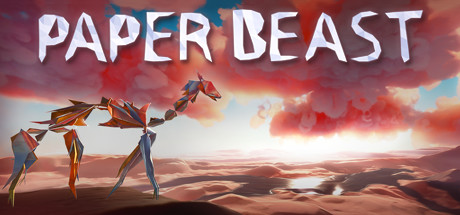
One of my favorite things in games is seeing the emergent complexity that arises from individual entities acting with their own goals and means interact with each other. In other words: a sort of digital ecosystem. Paper Beast takes that concept and runs with it. The bulk of the game is the player solving puzzles by interacting with distinct “beasts” and items in the digital environment. Some beasts manipulate the environment, like a worm that eats sand at one end and excretes it at the other. Work with this beast and you can shift the environment. Some prey on others, and you have to keep the prey safe from the predators to leave the area (after they sing at a tree until it flowers balloons, naturally). It’s an alien and visually striking environment, and a great fit for VR.
All of the interactions with the game are fairly simple and it’s a gorgeous world to get lost in. In the end, the campaign largely drops the puzzle-y aspect or exploration of the ecosystem in favor of building up striking visuals. That’s not really a complaint, just an interesting move that I’m not sure if I’d want to change. The story is largely wordless, and I wasn’t able to totally understand what it was getting at.
Once you’re done with the campaign, it gives you access to the sandbox mode to play with different beasts and the environment. I’m not sure I’ll spend much time with that since it’s the sort of thing I’d want to play while relaxing, but VR tends to be pretty tiring. All in all, a strong and memorable experience that would be great for someone curious about VR and looking for a unique experience in that space.
Katamari Damacy (2004) [PS2]
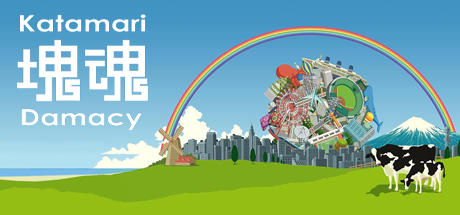
One of my favorite things in games is the sheer variety of experiences possible.
Katamari Damacy makes an effort to be different from anything else you’ve played, and it largely succeeds at making it a good time. As the diminutive Prince of All Cosmos, you’re tasked with rolling up a bunch of stuff on Earth to rebuild the stars that the King knocked out of the sky.
The majority of the game uses both analog sticks to maneuver your clump and gather Earth items. The dual analog stick control feels strane and leads to some interesting nuances that a single stick couldn’t touch. It was generally a lot of fun, but my clump got stuck several times, which put a damper on the game’s overall feel-good vibe.
From a visual and technical perspective, Katamari Damacy is tremendous! The world uses low-poly items and creatures with vibrant color schemes that give a pop art impressionist take on everything on Earth. The seamless scaling from tiny clump gathering erasers to rolling up entire islands is tremendous, especially on PS2 hardware.
Finally, I’d be doing the game a disservice if I didn’t mention the soundtrack. The music in this game is absolutely wonderful. It’s eclectic and upbeat and borrows from several different genres. It’s experimental, but never unlistenable. Easily one of the greatest game soundtracks of all time. The track “Lonely Rolling Star” even had me tearing up on more than one occasion, but that might be more indicative of my own character. Seriously, go listen to this soundtrack. Even if you’d never play the game.
Hi-Fi Rush (2022) [PC, Hard]
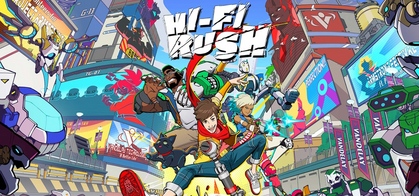
It’s a travesty that Tango Gameworks was shut down after releasing this game. (Update from the future: Tango Gameworks is back! Kind of!) This is one of the most unique, stylish, and fun character action games I’ve played. It’s reinforced for me that a lot of action game are rhythm games in disguise. This one is just less subtle about it, and pairs it with killer tunes for you to bash robots and cruel executives. The writing and visual style remind me strongly of early and mid 00s cartoons, so I felt right at home playing this. Not all of the jokes landed, but it’s still terrific.
I played this on hard mostly because I didn’t realize I’d set it to hard. And then I was too stubborn to change it. As a result, it took me longer than I’d like to admit to get past certain areas and bosses. But I don’t regret it! This was the perfect difficulty for me to hone my skills and make me really work to make progress. I’m glad I made that mistake instead of defaulting to normal/medium difficulty like usual.
The Legend of Zelda: Tears of the Kingdom (2023) [NS]
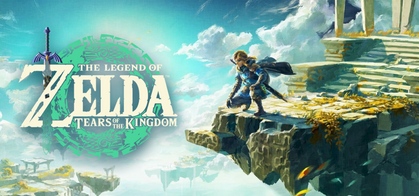
Welcome to the world of $70 AAA games. TOTK is a game that definitely feels like it has a bunch in it, but in retrospect I’m not sure I like it all that much.
Make no mistake: this game is a triumph. At least in a technical sense. The building mechanics and physics system are incredible. The fact that they work well with no major bugs AND on the Switch hardware is something worthy of being study.
However, when playing the game I can’t help but feel like the majority of my time was just “more Breath of the Wild”. That may be because I’m not much of the building type, or that the world feels so similar (because it is).
Something about it just leaves me less than enchanted. I have every intention of watching what the brilliant builders do with TOTK though. This is a game that I’ll likely get more enjoyment out of through playing vicariously through others.
The Elder Scrolls III: Morrowind (2002) [PC, Vanilla-ish]
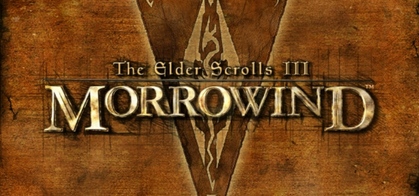
Morrowind is a game that takes aim at two facets of games that I adore: Complex and interwoven systems that are fun to tinker with and learn, and the ability to explore a world with a tremendous amount of depth and storytelling that would not work in any other format. In both of these areas, Morrowind excels.
In terms of being fun to play, it leaves plenty to be desired. The early Elder Scrolls games wrestled with wanting to be something between a number-crunchy RPG and an action game, and never quite found a way to make the two mesh. This entry leans heavily into the number-crunchy side of things, which can be frustrating since you see your melee weapon connect but hear the “whoosh” of a miss due to the dice roll.
One upside of this crunchiness is present in its magic and alchemy systems. I played a wizard partly because I wanted to dig into those, but also because it gave me an excuse to break the game by pushing those systems to their limit. My ludicrous potions, custom spells, and enchanted items weren’t me meta-gaming, it was my wizard using his skills to grow stronger! By leaning into the “easy route” character build, I continued playing the game when I likely wouldn’t have otherwise.
I’m glad I stuck with it, though, because the setting and story of Morrowind are incredibly unique. This game stands out even from all the others in the series due to its alien setting and complex political, theological, and historiographical themes throughout the story. It’s high fantasy through and through, but it strays far from most western fantasy. And it’s all the better for it.
If you want to play nowadays, I recommend playing on PC with just a few quality of life mods. My playthrough was mostly vanilla-ish, just had an updated renderer to play with less fog and a font patch so things were easier to read. I also recommend at least dipping in to spellcasting, alchemy, or enchanting, as the magic system is very fun to play with and makes the game a lot more engaging than if you avoid it.
Here are the mods I used:
Fallout (1997) [PC]
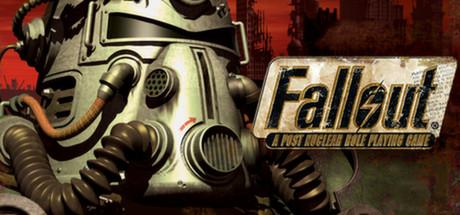
To continue my journey through popular cRPGs from around the turn of the century: Fallout! I don’t have much experience with isometric games, or cRPGs in general, so I was a bit skeptical that the first Fallout would hold my attention. While its controls and presentation are a little clunky by today’s standards, the atmosphere and writing carried me through the story. The desert setting is harsh and cruel, and the game plays heavily into its Mad Max inspirations. Learning when to run away from encounters is almost more important than actual combat skill and strategy.
I’m a sucker for a good villain. Especially when they have great voice acting, compelling writing, and a charming “talking head”. The Master and his Lieutenant are standouts. They’re intelligent and capable, but will not hesitate to act to further their goals. I especially loved the variety of ways to “beat” them.
I think player choice is vital for RPGs (especially the more story-driven games). Fallout respects the player’s choice in every aspect. My wise-talking pistol shooter was able to finish the game by pure conversation instead of conflict. The amount of respect for player choice, and the depth of the setting and mechanics help make the game feel incredibly detailed. I look forward to playing Fallout 2 some day soon.
Monster Hunter Rise (2021) [PC, Credits]
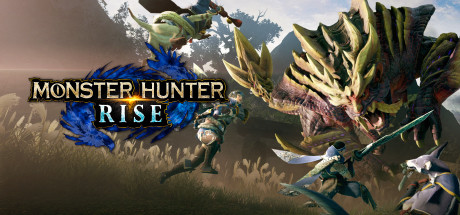
So I’ve played like 5 or so Monster Hunter games now. Unfortunately, I’m always late to the party. Even in the 3DS days when I had a group to play with regularly, I was always the hunter they carried, the hunter that always got downed, the hunter always in need. I just couldn’t keep up with their journey in a way that made the game fun for me.
I hoped Rise would be different. This was the first PC Monster Hunter (“MonHun” from here forward) I played, so I was excited for a MonHun game on a system that is much less hand-crampy or eye-strainy. I had a couple of friends say they would start new characters to so that would could play together well. This didn’t last very long. For a few reasons, I got behind. Then I got very behind. Then it felt like I would have either be a burden to the team, or bore my friends with missions on my level. The amount of homework that piled up felt daunting.
I appreciate that MonHun games have a ton to dig into. I even enjoy character-building and planning in games like this, the different monster behaviors, and even that all the different weapons have their own playstyles. Different weapons kinda feel like fighting game characters: each type of weapon has its own nuances and combos and cool flashy moves. But in order to get to doing those things, it takes a lot of grinding out hunts to build materials for both armor and weapons. And if I wanted to switch to a different weapon, it would basically require me to start anew building that stuff. Too much of a timesink for me.
I did finish the campaign though. I saw the credits, at least. There are plenty of folks who would tell you that’s where the game “truly begins”, but by that point I was so distant from my friends and not enjoying the game that I was just done with it.
Jazztronauts (2018) [PC]
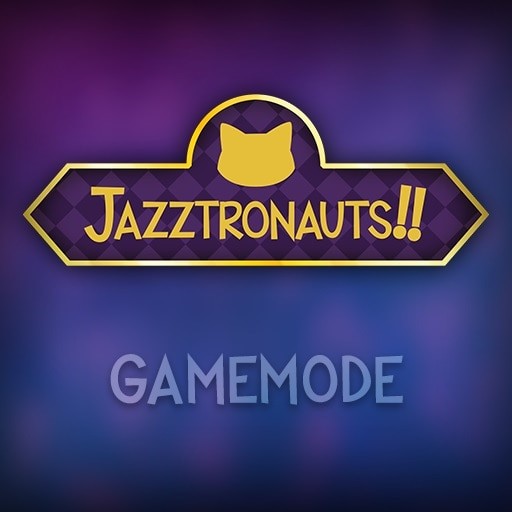
Jazztronauts took me by surprise. It’s unapologetically silly and weird and also kind of a remarkable technical feat. It’s also a thing that can only exist in this very specific video game ecosystem right this moment.
Let me back up.
Jazztronauts is a gamemode mod for Garry’s Mod (GMod). The goal of Jazztronauts is to explore random maps from the Steam Workshop that have been altered slightly by the Jazztronauts mod. Players explore maps and collect props from the original map and also things that Jazztronauts injects into the map automatically. This combination of a mod built for a mod that incorporates most maps on the GMod Steam Workshop (often themselves made for other mods for GMod) is a wild and fascinating thing. It’s a game about games. It pulls pieces out of other games, drops you in, and tells you to go wild.
Much of the joy in Jazztronauts comes from exploring these strange spaces completely out of their original context. Maps are often broken, with textures or gameplay elements from the mod the map was built for missing. But it’s still so joyful and fascinating to explore these spaces, especially with a friend. Then, you steal everything that isn’t nailed down (you later get a powerup that allows you to steal nailed-down things).
This exploration is wrapped in a really polished original story and world that is similarly silly and irreverent. You’re working at a bar at the end of the universe, trying to find stuff from other worlds to do… something. I don’t remember the details here nine months removed, but I remember enjoying the cutscenes and characters and overall silliness. The writing style and voice of the characters might be a turn-off for some, but it’s easily avoidable or skippable if you want to just enjoy the map-diving.
As I mentioned before, I played this with a friend of mine and it was a delight. We’d alternate picking what random map to go to next and wait for each other to watch cutscenes so we could follow along the story together. This was by far my favorite experience from a game I’ve beaten this year. I strongly recommend giving this a try and exploring these glimpses of worlds and gamemodes with friends.
Since playing this, I’ve heard it described as an example of “plunderludics” – games made out of other games. If that’s something that interests you, you can learn more about it here: plunderludics wiki.
Wolfenstein: The New Order (2014) [PC, Wyatt timeline]
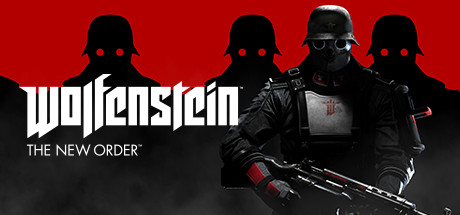
Some days, you just want a no-nonsense, little-brainpower-required action game. This reboot of the Wolfenstein games totally fits the bill.
It’s an alt-history that places Wolfenstein’s one-man army B.J. Blazkowicz in a 1960s where Nazis have taken over. Naturally, you spend a lot of the time blasting them and working with a crew to thwart various sinister plans. If you’re into world-building, there’s plenty to dig into and appreciate here. If not, you can easily ignore it and go straight to blasting Nazis.
In terms of gameplay, I found myself trying to play this like Doom (2016) at first: always pushing forward and playing hyper-aggressive. Unfortunately, this game is marginally more realistic. You need to use cover and think through certain encounters before you go in blasting. Until I switched my approach, I really struggled with the game. Once I did, I really enjoyed my time with the game, though there were a few boss fights that were wack.
I played through one of the game’s timelines (Wyatt’s). I enjoyed this one so much I might go back and do the other one some time.